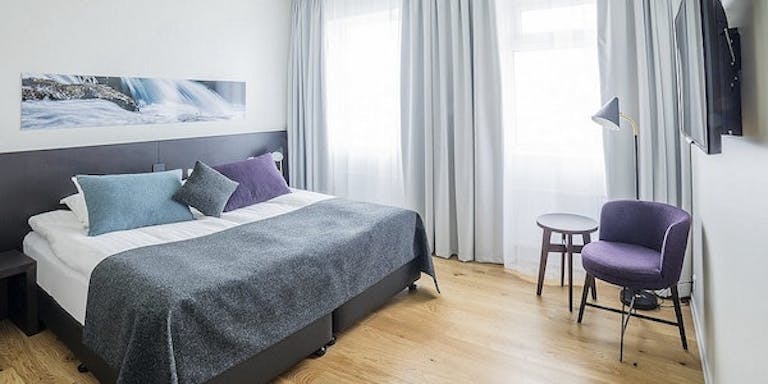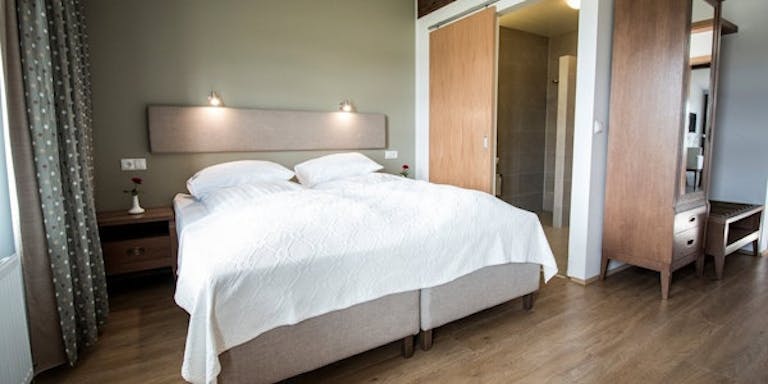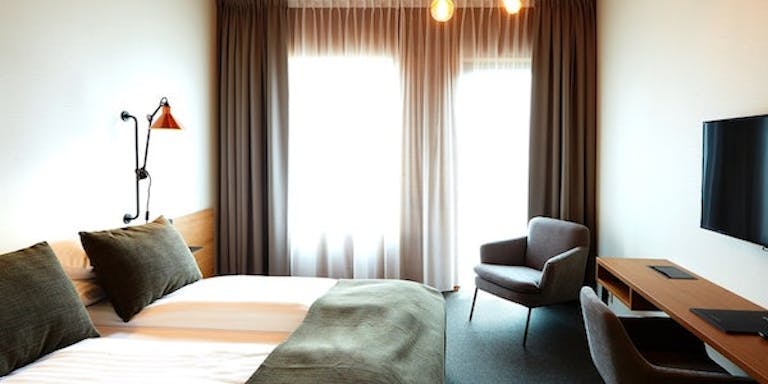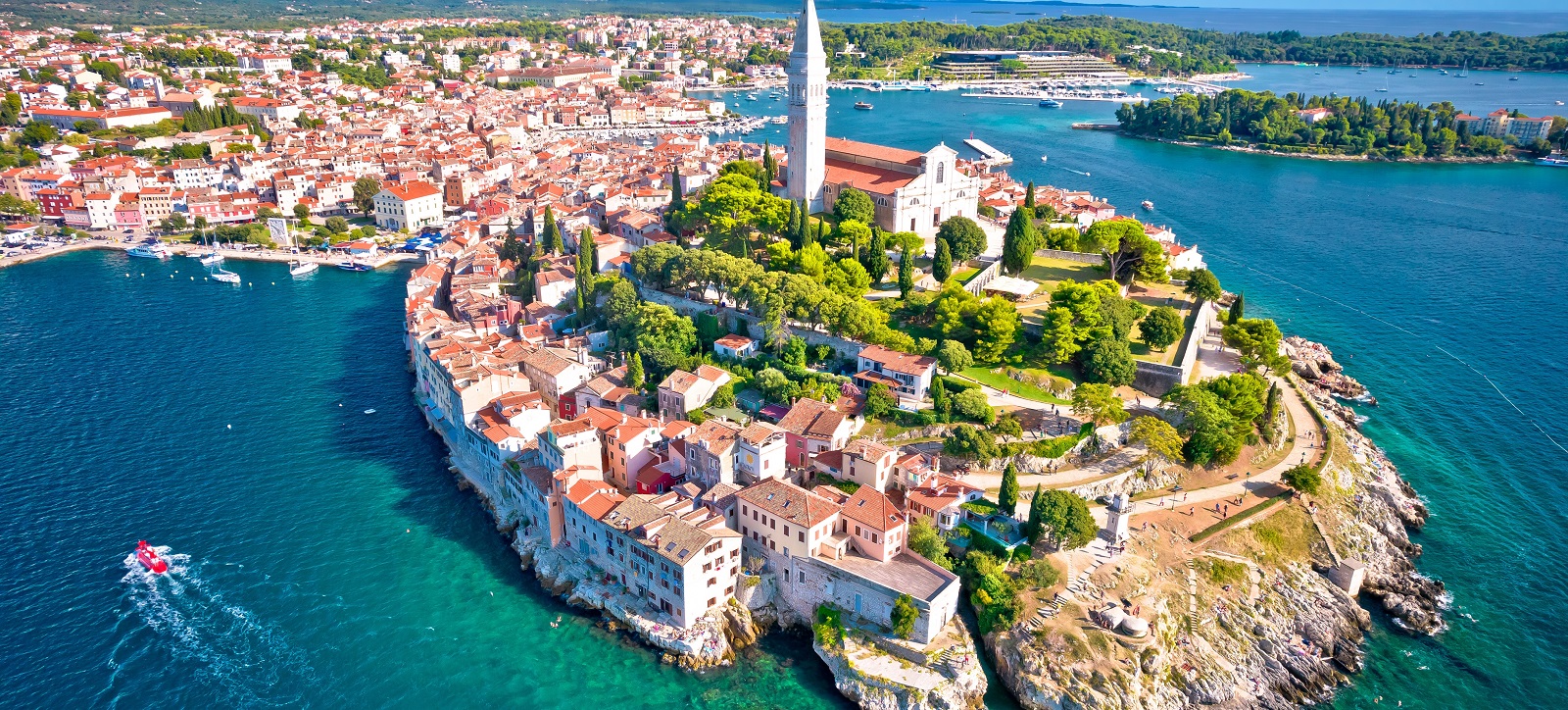Discover Croatia
Croatia is a beautiful Eastern European country located along the Adriatic Sea. With over 1,000 islands, stunning beaches, and plenty of outdoor activities, Croatia is the perfect destination for a summer adventure. Travelers can explore its rugged coastline, go hiking in its many national parks, or take a boat ride to its many idyllic islands. With its rich culture, beautiful architecture, and vibrant nightlife, Croatia is sure to make any vacation memorable.
Planning a trip to Croatia? Read on to find out when to visit, what to do, and much more to make your adventure unforgettable.

What is the best time to visit Croatia?
The best time to visit Croatia is between May and September. This is when the Mediterranean climate is at its most pleasant and the temperature is generally mild and sunny. From late spring to early autumn, the days are warm and the nights are still cool. The beaches are beautiful and the coastal towns and islands are alive with activity. The summer months offer plenty of outdoor activities like hiking, swimming, sailing, and exploring the many national parks.
What is the best way to get to Croatia?
From the mainland United States, most flights to Croatia fly to the country’s larger cities, such as Dubrovnik, Split, Rijeka, Zagreb, Zadar, Pula, Bol and Osijek. Flights from the United States to Croatia take between 10-14 hours, depending on your departing airport. It is also common to connect via Italy. Some of our MT Sobek trips have travelers arriving into Trieste or departing Venice, Italy.
How to get around Croatia?
The best way to get around Croatia is by car. With a car, you can easily explore Croatia’s breathtaking coastline and stunning national parks. You can take your time and stop when and where you please, while also having the freedom to go off the beaten path. Renting a car is easy and affordable and will give you the flexibility to explore Croatia at your own pace. Additionally, ferries and buses are reliable and affordable ways to travel between cities, while trains are also available for longer distances.
Do I need a visa to visit Croatia?
US citizens do not need a visa for stays up to 90 days. Citizens of other countries should check with their local embassy for entry requirements.
How many days should I spend in Croatia?
There is so much to see and do in Croatia, and you’ll enjoy it most if you plan on at least 7 to 10 days.
What are the top 5 places to visit in Croatia?
1. Dubrovnik

Dubrovnik is one of the most popular tourist destinations in Croatia and is known for its stunningly preserved medieval city walls, cobblestone streets, and ancient buildings. It’s a great place to explore on foot, and its many restaurants, cafes, and shops make it a great place to relax and enjoy the atmosphere.
2. Plitvice Lakes National Park

Located in central Croatia, Plitvice Lakes National Park is a stunningly beautiful area of lush greenery, cascading waterfalls, and crystal-clear lakes. Visitors can walk the park’s 16 interconnected lakes, marvel at the unique wildlife, and take in the breathtaking views.
3. Zagreb

The capital of Croatia, Zagreb is a vibrant city full of cultural attractions, museums, and galleries. There are plenty of things to do in the city, from wandering through the cobbled old town to visiting the impressive Cathedral of Zagreb.
4. Hvar

On the island of Hvar, visitors can enjoy some of the best beaches in Croatia, explore the ancient coastal towns, and enjoy some of the island’s fantastic wine and cuisine.
5. Split

Split is a city on Croatia’s Dalmatian coast and is known for its Roman ruins, including the Diocletian’s Palace, a 4th-century structure which is still in use today. The city is also home to several museums and galleries, as well as vibrant shopping streets and a lively nightlife.

What are the best adventure tours in Croatia?
1. Croatia Islands of Istria & the Dalmatian Coast Hiking Tour

Take an unforgettable journey from Trieste, Italy to the “Pearl of the Adriatic”: Dubrovnik. Head south along the Dalmatian Coast, stopping to explore the paradisal islands of Croatia’s sparkling coast. Along the way, visit quiet fishing settlements and enjoy meals hosted by local families. Gaze out over orchards and vineyards as you sample fresh, local fare – freshly caught fish, fire-roasted lamb, organic veggies from the garden, virgin olive oil, and lavender honey. Explore ancient palaces and walled cities in no fewer than three UNESCO World Heritage Sites: Zadar, Trogir, and Split, before arriving in Dubrovnik. Throughout your travels, the dramatic Dinaric Alps provide a breathtaking background. You’ll see why we call this an epic journey!
View Croatia Islands of Istria & the Dalmatian Coast Hiking Tour
2. Croatia, Slovenia & Italy Village to Village Walking Tour

Food lovers, raise your taste buds to the next level on this culinary and cultural journey that traces Croatia’s Istrian Peninsula, Slovenia’s Julian Alps, and Italy’s Friuli-Venezia-Giulia region. Take in the best sites of this trio of countries, experiencing rich historical settings and spectacular national parks on moderate hikes. Go wine tasting, learn how to hunt truffles, taste olive oil, and sample regional delicacies in the Mediterranean as you’ve never seen it before, far from the crowds. Luxurious hotels awaiting at the end of each day make for a dreamy finale.
View Croatia, Slovenia & Italy Village to Village Walking Tour
3. Balkans Via Dinarica Hiking Tour

On this multi-country trek on one of Europe’s least-explored mountain ranges, the Dinaric Alps, discover rich cultures and spellbinding landscapes of the Western Balkans. From Slovenia’s capital, Ljubljana, across Croatia, Bosnia and Herzegovina, Montenegro, Kosovo and down to Albania – the 1,200-mile-long Via Dinarica is every hiker’s dream come true. Raft whitewater rapids down Europe’s largest canyon, marvel at old-growth forests and glacier-fed lakes, dip into the royal-blue Adriatic Sea, and tour Sarajevo’s nostalgic old town. On this epic three-week adventure, the most challenging part is bidding farewell to the beautiful Balkans.
Where are the best places to stay in Croatia?
Croatia offers a wide variety of accommodations to suit every traveler’s needs and budget. From luxurious resorts in the cities to rustic village holiday homes, Croatia has something for everyone. MT Sobek itineraries to Croatia include charming family-run hotels, historic countryside estates and hotels inside medieval castles, all surrounded by spectacular scenery. Here are just a few of our favorite hotels.
1. Hotel Bastion

The 4-star Hotel Bastion is a boutique property located in Zadar’s historic center. Its comfortable rooms blend traditional elements with modern style for a classy feel, and come with all the amenities you’ll need for a luxury stay. You may also choose to pamper yourself at the Castello Spa, where a wide range of massage and spa treatments are available – including a Turkish steam bath.
2. Hotel Marul

Culture lovers will enjoy a stay at the four-star Hotel Maruk in the historic heart of Split. The hotel’s 14 comfortable and well-appointed rooms exude an age-old charm, and is only a 7 minutes’ walk from Diocletian’s Palace, the former residence of the Roman emperor. Head to the balcony for great views overlooking old part of town and hotel’s lovely garden.
3. Hotel Kastel

The family-run Hotel Kastel sits at the heart of the medieval hilltop town of Motovun. The spa area with a sauna, an indoor pool and relaxing grounds has lovely views of the surrounding landscapes. Comfortable rooms come with satellite TV, Wi-Fi, and private bathrooms; many offer delightful views of the valley and vineyards. The on-site restaurant serves stellar regional cuisine.
Things to know about Croatia
Croatia is located in the Balkan region of southeastern Europe, bordered by several countries including Hungary, Bosnia and Herzegovina, Serbia, and Montenegro. Croatia is also home to over 1,000 islands, islets, and reefs, making it one of the most picturesque countries in Europe. Its beautiful sandy beaches, crystal clear blue waters, and picturesque harbor towns make it a popular destination.
What is the language in Croatia?
Croatian is the official language of Croatia. It is a South Slavic language that is closely related to Serbian and Bosnian. Croatian is spoken by about 6 million people, primarily in Croatia, Bosnia and Herzegovina, and Serbia. It is also spoken by significant populations in other countries, including Austria, Germany, Hungary, Italy, and Switzerland.
What to eat in Croatia?
Croatia offers a variety of delicious dishes to enjoy. One of the most popular dishes is the cevapi, which consists of small sausages usually made of minced beef and lamb. They are served with onions and ajvar, a spicy red pepper dip. Another favorite is black risotto, made with cuttlefish and flavored with garlic, parsley and olive oil.
Seafood is also a big part of Croatian cuisine, and some popular dishes include grilled fish, calamari, and shrimp. Octopus salad is also a popular dish, usually served with potatoes, tomatoes, onions, and olives.
For dessert, you can try some of the region’s traditional cakes, such as the rozata, which is made with cream and custard. There are also local specialties like baklava and palačinke, which are crepes filled with chocolate, jam, or cheese.
No matter what you choose, you’re sure to find something to enjoy in Croatia!
What is the currency in Croatia?
The official currency of Croatia is the Euro (EUR). Coins are available in denominations of 5, 10, 20, 50, 100, 200 and 500. Check out www.xe.com for current exchange rates. More and more businesses in Croatia are accepting Euros, but this cannot be guaranteed everywhere.
What is the electricity in Croatia?
Croatia is on the 220-240V system. Check the voltage on your personal electronics chargers to determine if you need a voltage converter. Croatia uses Type C and Type F outlets. A good resource to see images of plug types is www.power-plugs-sockets.com.
What is the time zone in Croatia?
Croatia is in the Central European Time Zone (CET) which is one hour ahead of Coordinated Universal Time (UTC). This time zone is observed in most of Central Europe, including Croatia, and is based on 15 degrees longitude east of the Greenwich meridian. The clock time in the CET time zone is the same as in the Central European Standard Time (CEST) zone during daylight saving time.
What to wear in Croatia?
Dress for a Mediterranean climate. Late June through August is when the weather is warmest and the days are long and bright. However, the summer weather can be wet and can change quickly. Each day you need to be prepared for sun, wind, rain and possibly even snow. During the day, temperatures usually range between 60°F to 80°F.
Even though you are traveling during the summer and fall, please be prepared for a variety of weather. Dressing in layers is the key to staying comfortable throughout the day. The outermost layer should keep you warm and dry – such as a lightweight sweater or jacket and a waterproof, breathable rain jacket and pants.
